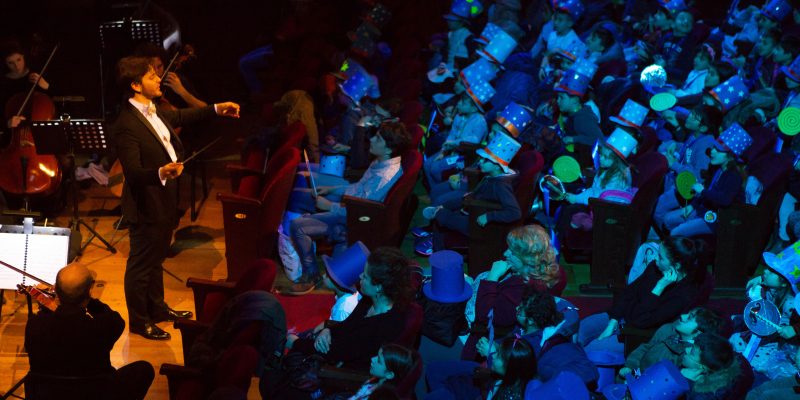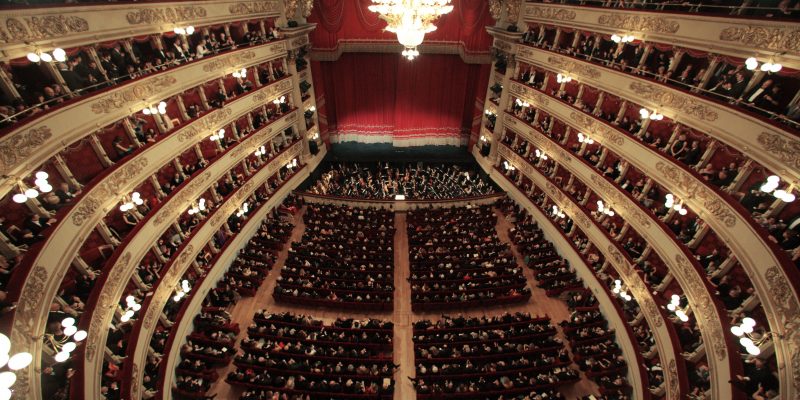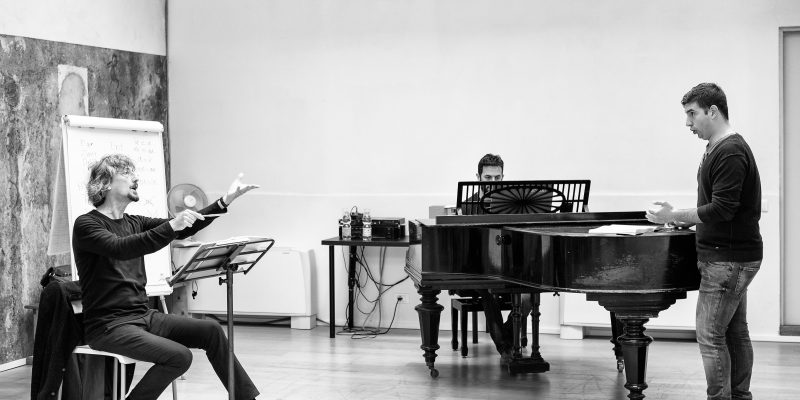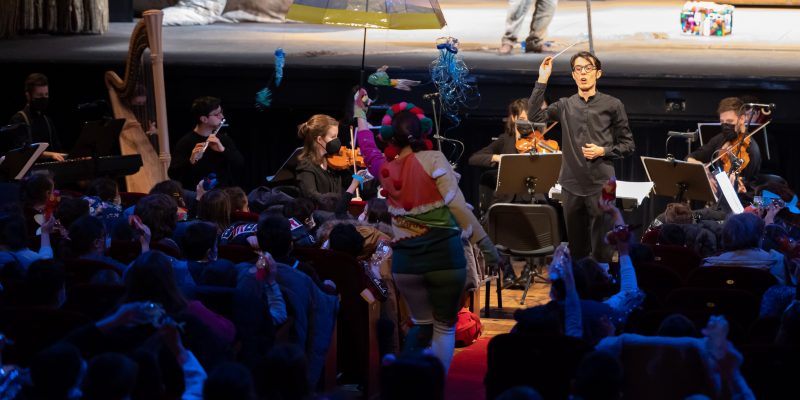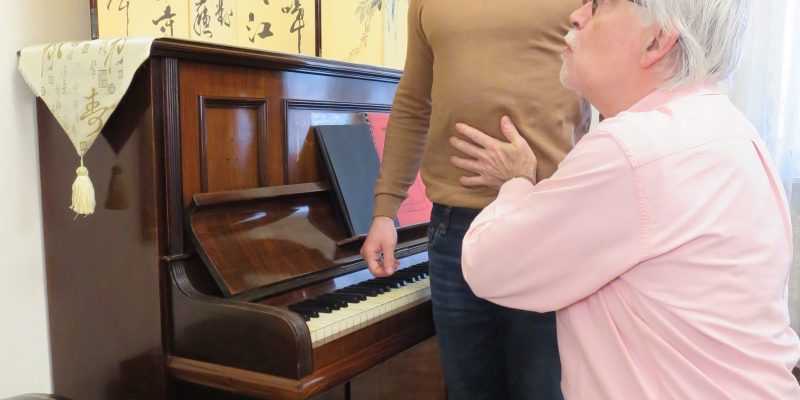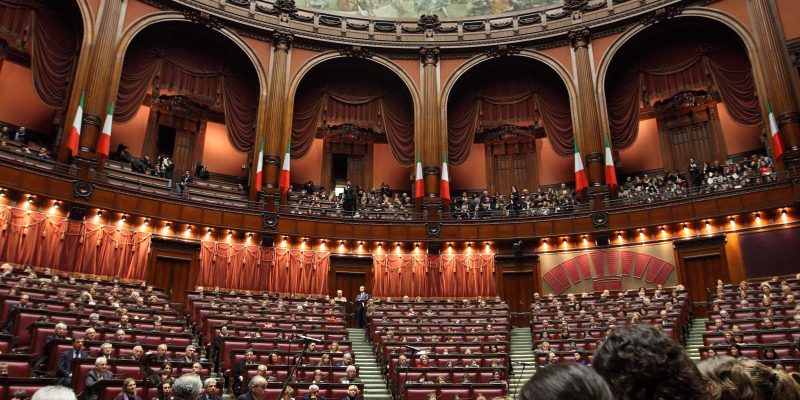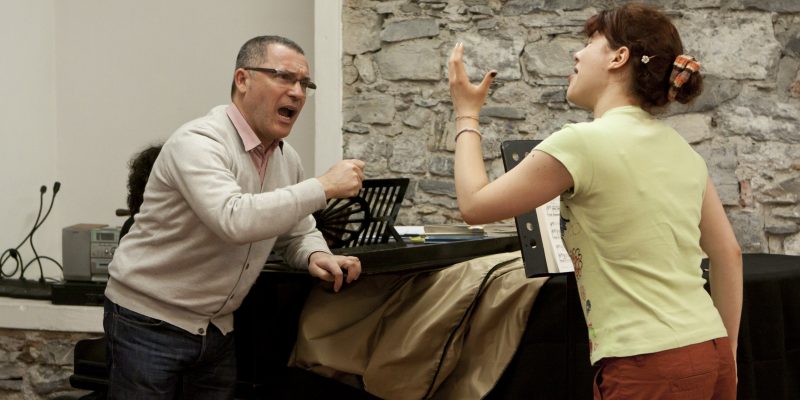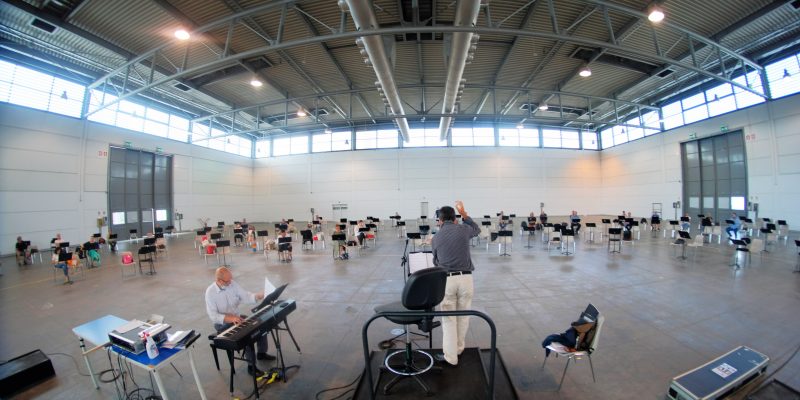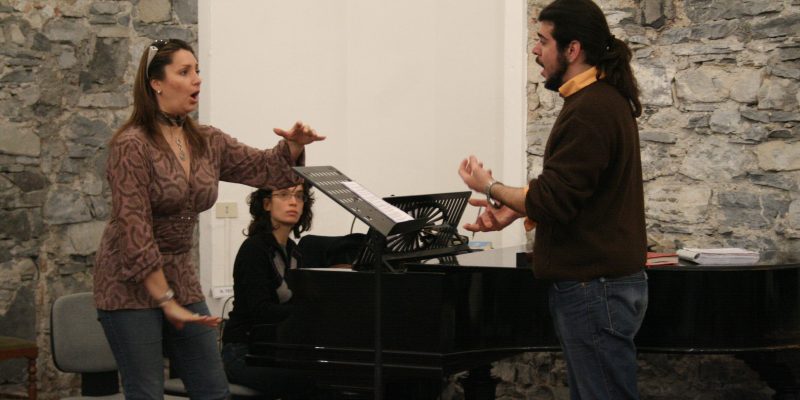Inscribed in 2023 (18.COM) on the Representative List of the Intangible Cultural Heritage of Humanity
1.1 Description of the Element
Italian opera singing is a physiologically controlled way of singing that enhances the carrying power of the voice in acoustic spaces such as auditoriums, amphitheatres, arenas and churches. Performed by people of all genders, it is associated with specific facial expressions and body gestures and involves a combination of music, drama, acting and staging. Singers are identified by vocal range and colour and divided into several registers (tenor, baritone, bass, soprano, mezzo-soprano and alto). The knowledge and skills related to Italian opera singing are transmitted orally between a maestro and pupil, through vocal exercises and the gradual introduction of different musical repertoires and styles. Performances in recitals, singing schools and workshops also contribute to the transmission of the practice, as well as formal education in conservatories and academies. Furthermore, the beginning of an opera season often coincides with local festivities and ceremonies. The practice promotes collective cohesion and sociocultural memory, and is closely linked with other cultural elements, such as acoustic places and poetry. It is also dependent on other professions such as stage and light design, costume tailoring, scenography and makeup. A means of free expression and intergenerational dialogue, its cultural value is recognized at national and international levels.
1.2 Geographical location and range of the element
The heritage community that holds the element is widespread throughout the national territory, including all Italian regions, in particular in cities where High Schools, “Conservatori”, Music Academies, as well as historic spaces such as Fondazioni Lirico-Sinfoniche theaters, Teatri di Tradizione and other predisposed traditional places are located.
The element, originally sprung from central Italy and here concentrated, later spread to the north and south of the Italian peninsula, in conjunction with the linguistic evolution. Subsequently, starting from the migrations of authors and then of public, the element proliferated and developed internationally between the eighteenth and twentieth centuries.
Above mentioned areas can be considered real designated places for concentration, frequency of performances and related cultural activities. They are fundamental to the community to strengthen the sense of belonging and the vitality of the element through its continuous expression and protection.
1.3 Domain(s) od the Element
- Knowledge and practices concerning nature and the universe;
- Oral traditions and expressions;
- Performing arts;
- Social practices, rituals and festive events.
The Intergovernmental Commitee decides to inscribe The practice of opera singing in Italy on the Representative List of the Intangible Cultural Heritage of Humanity
